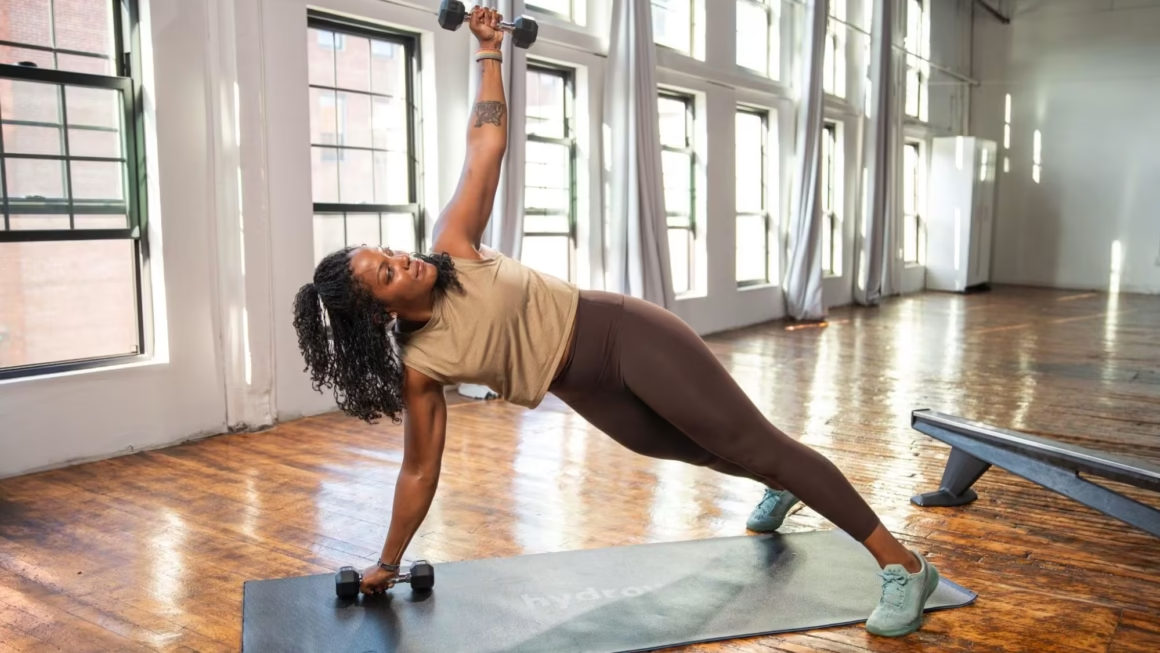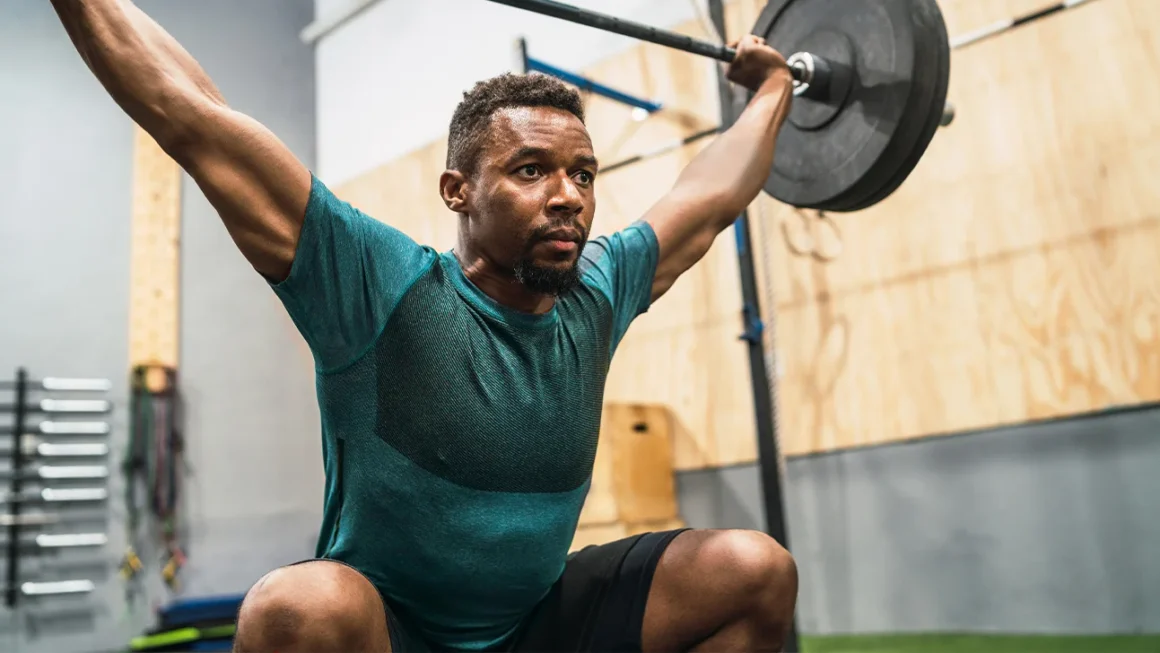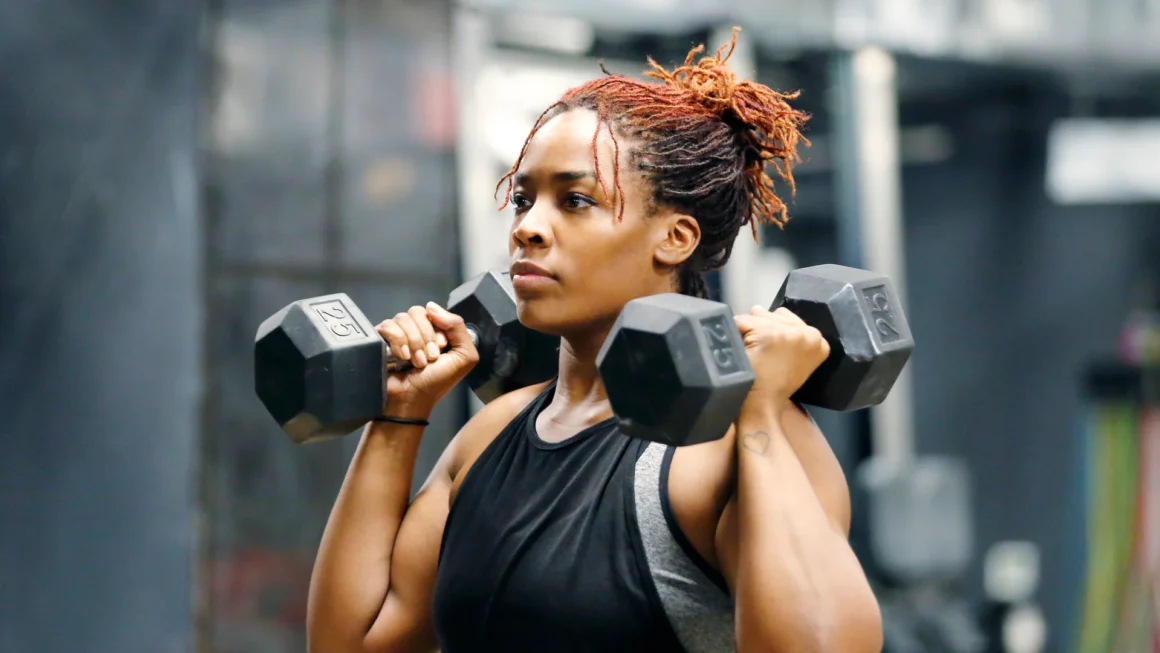Starting a fitness journey can be both exciting and overwhelming, especially for beginners. With so many exercise options available, it’s easy to feel unsure about where to begin. However, the key to success in any fitness routine is consistency, simplicity, and gradual progression. Whether you’re looking to improve strength, endurance, or overall health, there are fitness routines that cater to all levels of experience. In this guide, we’ll break down the best fitness routines for beginners that will help you build a solid foundation, avoid injury, and set you up for long-term success.
1. Full-Body Workouts
Full-body workouts are an excellent choice for beginners because they target all major muscle groups in one session. These routines are efficient and provide balanced strength and conditioning without overwhelming your body. Full-body exercises typically include compound movements, which work multiple muscles at once, making them ideal for building overall strength and improving fitness.
Sample Full-Body Workout for Beginners:
- Squats (3 sets of 12 reps)
- Push-ups (3 sets of 10-12 reps)
- Dumbbell Rows (3 sets of 12 reps per arm)
- Plank (3 sets of 20-30 seconds)
- Glute Bridges (3 sets of 12 reps)
Why It’s Great for Beginners:
- Time-efficient: Full-body workouts require fewer days per week to see progress and are excellent for those with limited time.
- Simplicity: This routine covers all muscle groups without requiring complex exercises or equipment.
- Adaptable: As your strength improves, you can increase the number of sets, reps, or weights.
2. Bodyweight Exercises
Bodyweight exercises are perfect for beginners because they don’t require any special equipment or a gym membership. They use your own body weight as resistance, which makes them easy to perform at home or on the go. Bodyweight exercises improve strength, flexibility, and balance, and they can be adapted as you progress.
Sample Bodyweight Routine for Beginners:
- Bodyweight Squats (3 sets of 15 reps)
- Knee Push-ups (3 sets of 10-12 reps)
- Superman Hold (3 sets of 20 seconds)
- Lunges (3 sets of 12 reps per leg)
- Plank (3 sets of 20-30 seconds)
Why It’s Great for Beginners:
- No Equipment Needed: You can do bodyweight exercises anywhere, making them perfect for home workouts or while traveling.
- Builds Functional Strength: These exercises engage multiple muscles at once and help improve coordination, balance, and flexibility.
- Progression: As you get stronger, you can modify exercises by increasing reps, sets, or duration. You can also progress to more challenging variations.
3. Walking or Jogging
For absolute beginners, the best way to start exercising is by focusing on low-impact activities like walking or jogging. These activities are great for cardiovascular health, help with weight loss, and build endurance gradually. Walking or jogging is easy to incorporate into your routine and doesn’t require any special skills or equipment, aside from a good pair of shoes.
Sample Walking/Jogging Routine:
- Week 1-2: Walk for 20-30 minutes, 3-4 times per week
- Week 3-4: Alternate 2 minutes of jogging with 3 minutes of walking for 30 minutes
- Week 5 and beyond: Gradually increase jogging time while reducing walking time until you can jog continuously for 20-30 minutes.
Why It’s Great for Beginners:
- Low Impact: Walking is gentle on the joints and provides a great way to build stamina without risking injury.
- No Equipment Necessary: All you need is a good pair of sneakers.
- Improves Mental Health: Regular walking or jogging can help reduce stress and anxiety, while boosting mood and energy levels.
4. Strength Training with Dumbbells
Strength training is crucial for building muscle, increasing metabolism, and improving overall strength. For beginners, using light dumbbells is an excellent way to get started with strength training. Dumbbells are versatile and can be used for a wide range of exercises that target various muscle groups. If you’re just starting out, focus on using lighter weights and perfecting your form before gradually increasing the weight.
Sample Dumbbell Routine for Beginners:
- Dumbbell Squats (3 sets of 12 reps)
- Dumbbell Chest Press (3 sets of 12 reps)
- Dumbbell Rows (3 sets of 12 reps)
- Dumbbell Shoulder Press (3 sets of 12 reps)
- Dumbbell Bicep Curls (3 sets of 12 reps)
Why It’s Great for Beginners:
- Simple and Effective: Dumbbells are easy to use and offer a straightforward way to target different muscle groups.
- Customizable: You can start with lighter weights and increase gradually as your strength improves.
- Improves Balance and Stability: Using dumbbells helps engage stabilizing muscles, improving your balance and coordination.
5. Yoga and Flexibility Training
Yoga is an excellent option for beginners who want to improve flexibility, strength, and mental clarity. It’s also a low-impact workout, making it suitable for individuals of all fitness levels. Yoga can help increase range of motion, reduce the risk of injury, and promote relaxation.
Sample Yoga Routine for Beginners:
- Cat-Cow Stretch (5 reps)
- Downward Dog (Hold for 30 seconds)
- Warrior I Pose (Hold for 30 seconds per leg)
- Child’s Pose (Hold for 1-2 minutes)
- Seated Forward Fold (Hold for 30 seconds)
Why It’s Great for Beginners:
- Increases Flexibility and Mobility: Yoga can help improve flexibility, which is essential for overall fitness and injury prevention.
- Reduces Stress: Yoga combines breathwork with movement, helping to reduce stress and promote mental relaxation.
- Low-Impact: Yoga is a gentle form of exercise that minimizes the risk of injury, making it ideal for beginners.
6. Circuit Training
Circuit training is an excellent way to combine strength training and cardiovascular exercise. A circuit workout involves performing a series of exercises back-to-back with minimal rest in between. Circuit training can be done with bodyweight exercises, dumbbells, or resistance bands and is great for beginners looking to improve both strength and endurance.
Sample Circuit Training Routine for Beginners:
- Jumping Jacks (30 seconds)
- Bodyweight Squats (30 seconds)
- Push-ups (30 seconds)
- Plank (30 seconds)
- Lunges (30 seconds)
Rest for 1-2 minutes and repeat for 3-4 rounds.
Why It’s Great for Beginners:
- Time-Efficient: Circuit training allows you to work multiple muscle groups in a short amount of time, making it great for busy schedules.
- Boosts Cardio and Strength: Circuit training helps build both strength and cardiovascular endurance, making it a great all-in-one workout.
- Progressive: As you get stronger, you can increase the number of circuits or add more challenging exercises to the routine.
7. Swimming
Swimming is a full-body workout that targets nearly every muscle group while being easy on the joints. It’s ideal for beginners because it’s low-impact and offers both aerobic and strength benefits. Swimming improves cardiovascular health, builds muscle strength, and helps with flexibility and coordination.
Sample Swimming Routine for Beginners:
- Warm-up: 5-10 minutes of easy swimming (freestyle or backstroke)
- Main Set: 4 x 50 meters with 30 seconds rest between each lap
- Cool-down: 5-10 minutes of easy swimming
Why It’s Great for Beginners:
- Low-Impact: The buoyancy of water supports the body, making swimming a gentle workout that reduces the risk of injury.
- Improves Endurance: Swimming helps build cardiovascular endurance while also working muscles in the arms, legs, and core.
- Full-Body Workout: Swimming engages almost every muscle group, making it a great way to build strength and endurance.
8. Walking or Hiking with Weights
For those who want to challenge their body further but still keep things low-impact, walking or hiking with weights is an excellent option. This can be done by carrying light dumbbells or wearing a weighted vest while walking or hiking. The added resistance will increase the intensity of the workout and help tone muscles, particularly in the legs and core.
Sample Routine:
- Start with a 30-minute walk or hike on a flat surface or trail.
- Add light dumbbells (2-5 pounds) or a weighted vest (5-10 pounds) for added resistance.
- Gradually increase your time or the weight you’re carrying as your strength improves.
Why It’s Great for Beginners:
- Low-Impact: Walking with weights is easier on the joints compared to high-impact exercises.
- Simple to Perform: Walking is a natural activity, and adding light resistance is an easy way to intensify your workout.
- Progressive: You can increase the intensity by walking for longer periods or adding more weight as you get stronger.
Conclusion
Starting a fitness routine as a beginner doesn’t have to be overwhelming. The key is to choose a routine that feels manageable, enjoyable, and sustainable. Whether you’re doing bodyweight exercises, full-body workouts, yoga, or swimming, there are many ways to improve your strength, endurance, and overall fitness without pushing yourself too hard. Remember to start slow, listen to your body, and gradually increase intensity as you progress. The most important thing is to stay consistent and have fun along the way!




